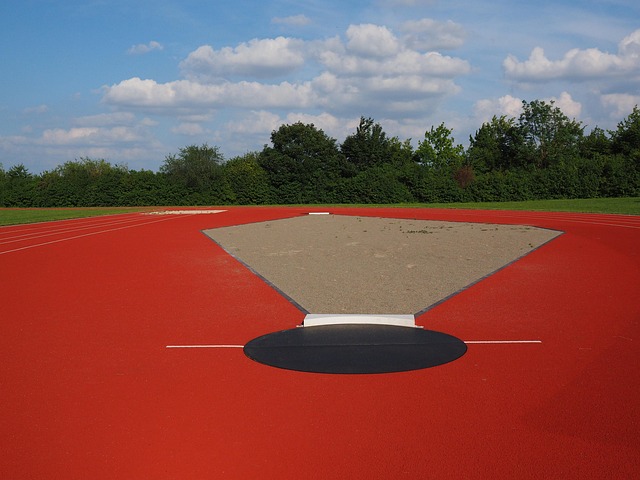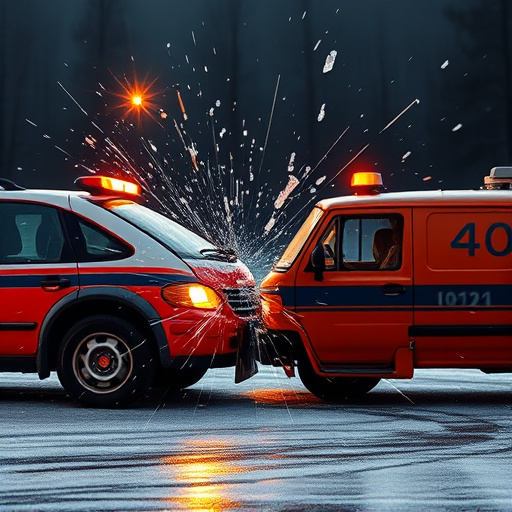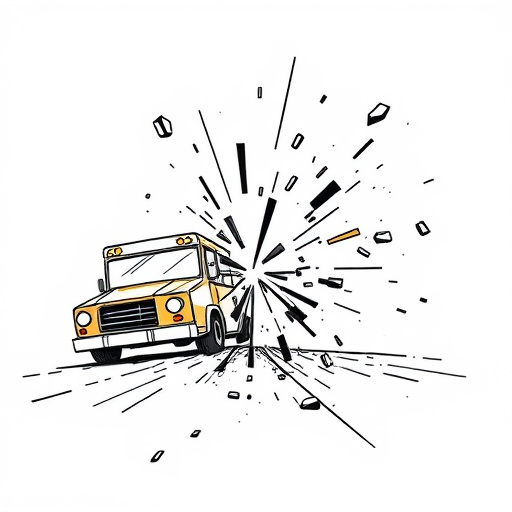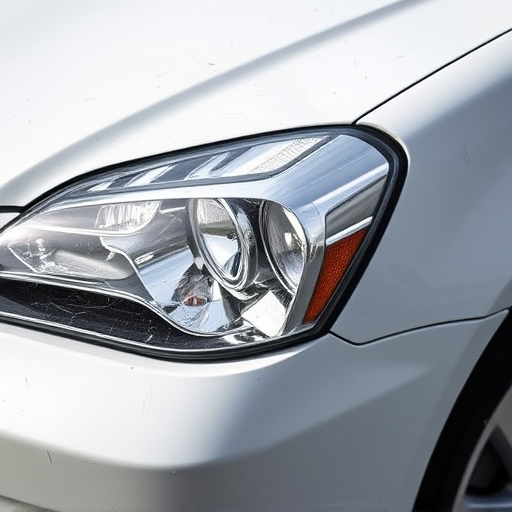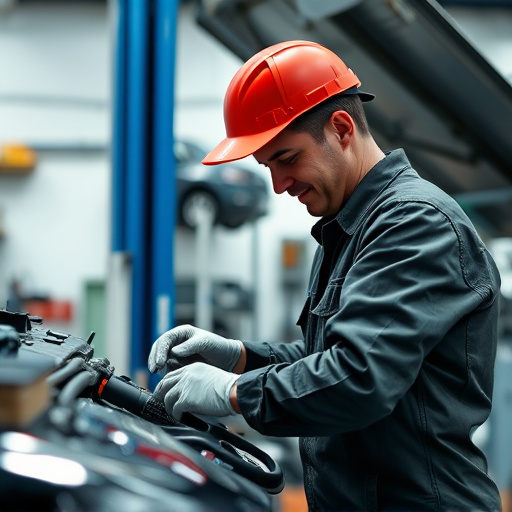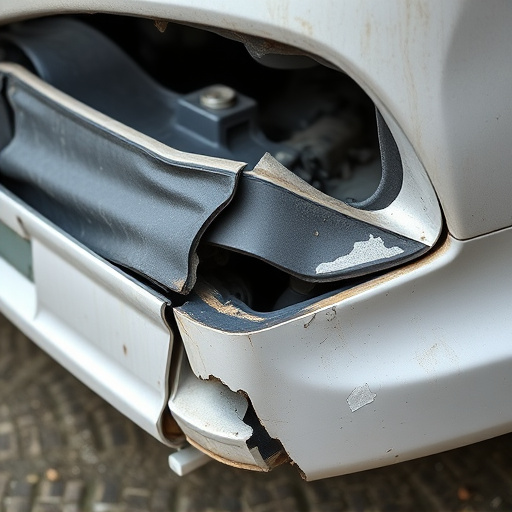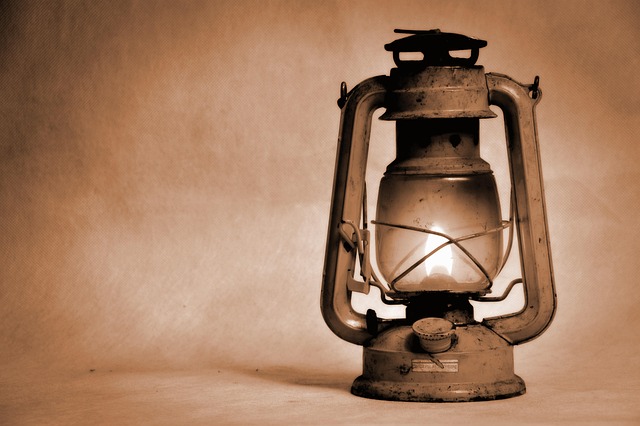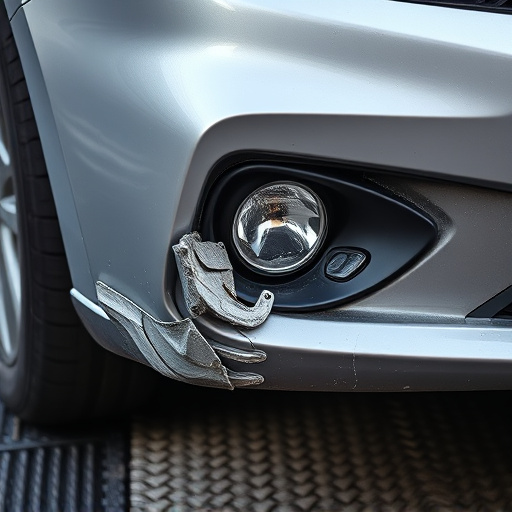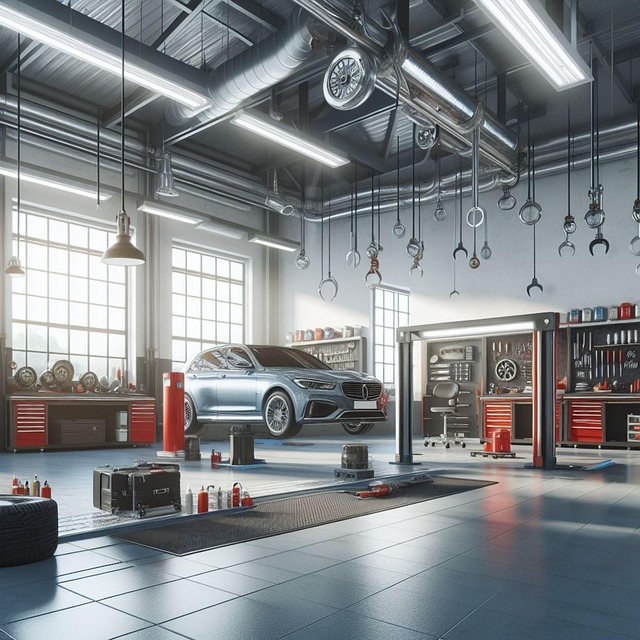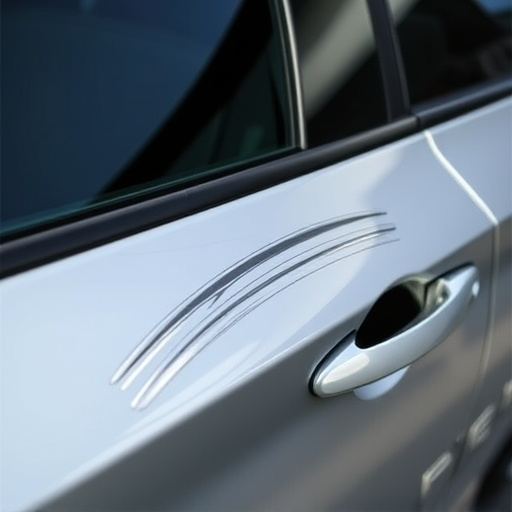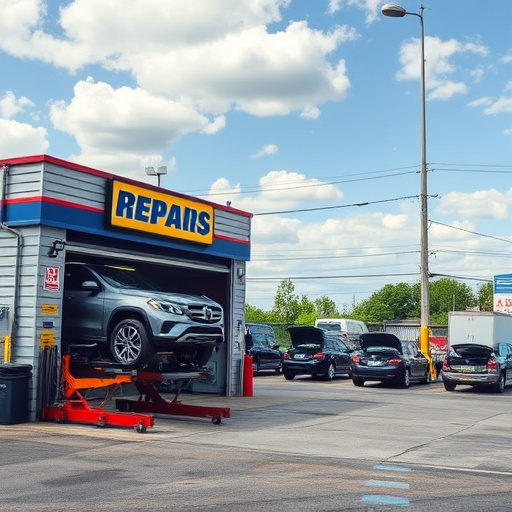The future of AC repair after collisions is being reshaped by advanced robotics, AI, digital modeling, and 3D printing, offering faster, more efficient, and eco-friendly solutions. Robotic systems handle intricate tasks with minimal human intervention, while digital modeling enables custom part creation for quicker replacements. AI and ML predict complex issues before they become costly repairs, guiding technicians with step-by-step procedures and optimal parts suggestions. This integration of technologies promises to revolutionize AC repair after collision, streamlining processes, minimizing waste, and ensuring seamless, reliable restoration.
The future of AC repair after collisions is looking cooler than ever, thanks to emerging technologies. From AI-driven diagnostics that pinpoint issues swiftly to advanced robotics ensuring precise repairs, the industry is undergoing a quiet revolution. New materials and designs further enhance recovery capabilities. This article explores these innovations, their impact on service providers and customers alike, and how they’re driving sustainability forward. Discover the trendsetters reshaping AC repair, promising faster, more efficient, and environmentally-conscious solutions for years to come.
- Emerging Technologies for AC Repair After Collisions
- – The role of AI and machine learning in diagnosing and repairing AC units
- – Use of advanced robotics for precise and efficient repairs
Emerging Technologies for AC Repair After Collisions

The future of AC repair after collisions is being reshaped by emerging technologies that promise faster, more efficient, and environmentally friendly solutions. One notable advancement is the integration of advanced robotics and AI in auto frame repair. These technologies enable precise measurements and calculations, ensuring accurate repairs that maintain the structural integrity of vehicles. Robotic systems can handle intricate tasks, such as fender repair and auto dent repair, with minimal human intervention, reducing the risk of errors and enhancing productivity.
Additionally, digital modeling and 3D printing are transforming AC repair processes. These innovations allow for the creation of custom parts tailored to specific vehicle models, accelerating the replacement process. In terms of sustainability, new eco-friendly materials and methods are being developed for auto dent repair, further minimizing the environmental impact of collision damage. These emerging technologies not only revolutionize AC repair but also contribute to a more sustainable automotive industry.
– The role of AI and machine learning in diagnosing and repairing AC units
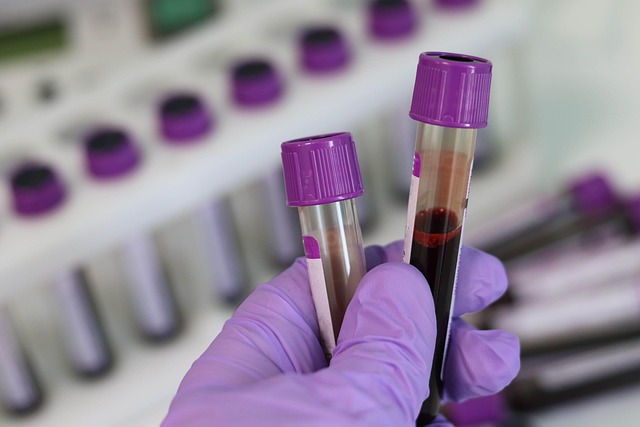
Artificial Intelligence (AI) and Machine Learning (ML) are transforming the landscape of AC repair after collisions. These technologies offer a new level of precision and efficiency in diagnosing complex issues within air conditioning units, which is particularly crucial in the auto collision center environment where vehicles often sustain significant damage. AI-powered diagnostic tools can analyze vast amounts of data from sensor readings and historical repair records to identify patterns and potential problems before they become costly repairs.
By leveraging ML algorithms, auto body services can streamline the repair process for AC systems. These algorithms can guide technicians through step-by-step procedures, suggest optimal replacement parts, and even predict potential future issues based on past performance data. This not only enhances the overall effectiveness of AC repair but also ensures that car paint repair processes are seamless and aligned with the latest advancements in technology.
– Use of advanced robotics for precise and efficient repairs
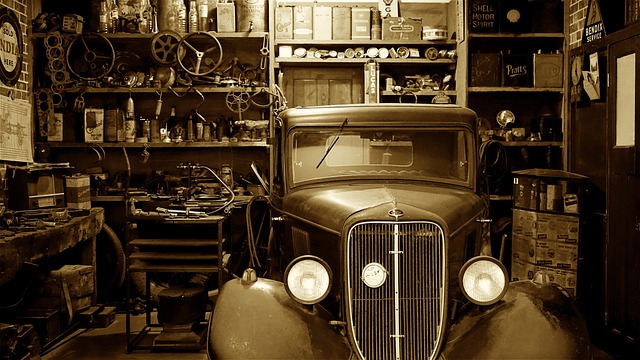
The future of AC repair after collision is being reshaped by advanced robotics and automation. These cutting-edge technologies offer unparalleled precision and efficiency in addressing intricate car damages, particularly within the delicate components of climate control systems. Robotic arms equipped with specialized sensors can accurately locate and fix issues, ensuring that each part is restored to its optimal condition. This not only streamlines the repair process but also minimizes the risk of additional damage or complications.
Integrating robotics into collision centers enhances the overall quality of auto frame repair and car bodywork. With their meticulous attention to detail, these robotic systems can replicate original factory specifications, resulting in a more seamless restoration for vehicles post-collision. This advancement promises to redefine AC repair after collision, making it faster, more reliable, and environmentally friendly through reduced waste and optimized resource utilization.
The future of AC repair after collisions is looking increasingly innovative. With advancements in AI and machine learning, technicians can now diagnose issues with greater speed and accuracy, while advanced robotics ensure repairs are conducted efficiently and precisely. These emerging technologies not only enhance the quality of post-collision AC repair services but also streamline the process, promising a cooler, more comfortable future for all.

